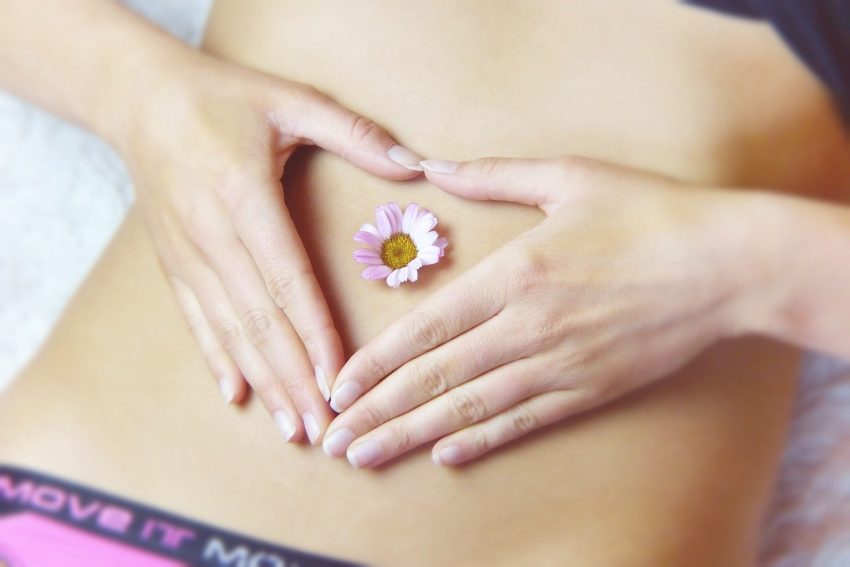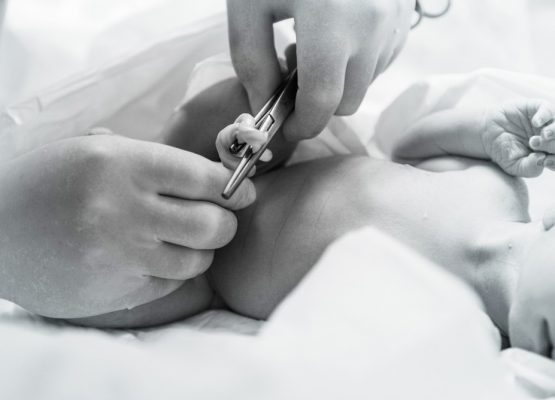What is the pain in childbirth?
The birth of a child is an unforgettable experience. Uterus contractions include effects between peripheral mechanisms, as well as the continuous exchange of information with increasing and decreasing nano-sensory channels. At this point, we understand that birth pain is related to emotion, feeling of pain but also to existential and environmental factors. For this reason, it is good for the mother to have knowledge of this process and be prepared for that day, and through Relaxation Techniques it is either applied to hypnosis, childbirth breathing, yoga in pregnancy and the use of water.
Relaxation techniques using different methods should start from the moment the pregnancy is diagnosed, and it is intended to help the expectant mother to cope with the condition without problems and to have easy labor.
The psychological pressure that women experience in trying to overcome the pain they feel causes them more stress, resulting in septicemia that exacerbates pain.
In fact, the main source of pain-anxiety during pregnancy and childbirth is the fear of the unknown. Feelings of fear are most likely to cause adrenaline secretion resulting in inhibition of uterine contractions. Phobia for childbirth and fear of pain create in many women a muscle tension “abnormal” that opposes normal muscle relaxation. Fear of labor pain is one of the most important reasons that make women go for cesarean section.

Having an abnormal pregnancy, low knowledge and bitter experience during previous pregnancies can increase the labor pain while a normal pregnancy, having self esteem, pleasure and relaxation can decrease it and hence make your delivery favorable and if the woman would be pleased and relaxed, without facing real pains, her pain tolerance threshold would be increased.
About 60% of women who give birth for the first time suffer severe pain, but only 10% report the feeling of mild pain indicating that the condition of the horns was a discomfort for themselves. Of course, each woman’s perception of pain is related to her self-confidence and her ability to cope with the pain.
During contractions, the frequency (the interval between contractions), the duration (the time from the onset of contraction to the onset of the next) and the intensity (contraction force) of the pain experienced by the woman are measured. The main pain is caused by the contractions of the uterus which try to push the embryo outward.
Particularly the pain of labor comes from cervical dilation, uterine dilation and pelvic floor stretching. During the first stage of labor the pain is mainly due to cervical dilation and uterine dilation. In contrast to the second stage the pain is concentrated in the area of the vagina and the perineum. The pain resulting from the contraction of the uterus, even though we would call it visceral, is accompanied by the pain of skin stretching, mainly centered on the abdominal walls at the umbilical and pubic level and in the lumbar region and its upper part sacral. Discomfort can also be caused by extrusion forces or by the pressure exerted by the projecting fate on the bladder, intestine and other pelvic structures. In the third stage, where the postpartum pains of the litter are, they come from the uterus and are likened to the pains of the first stage.
Relaxation is not as easy as we think. It is in fact the “key” to break the chain of “fear-tension-pain, so that the pain is mitigated and if possible eliminated.
What is observed during childbirth is an element of many factors. It is not only the result of physiology associated with uterine contractions, stage of work and cervical dilation, but also emotional and behavioral processes. Factors associated with increased pain intensity are negative psychology, especially fear of pain, fear of the unknown, first pregnancy, dysmenorrhoea and various religious practices. On the contrary, factors that can reduce pain intensity include psychological protection, high socioeconomic level, desire for breastfeeding and pregnancy. For pain management, conventional medicine is more focused on the physiology of pain, while alternative methods predominantly dominate the brain and the psychosomatic level.




